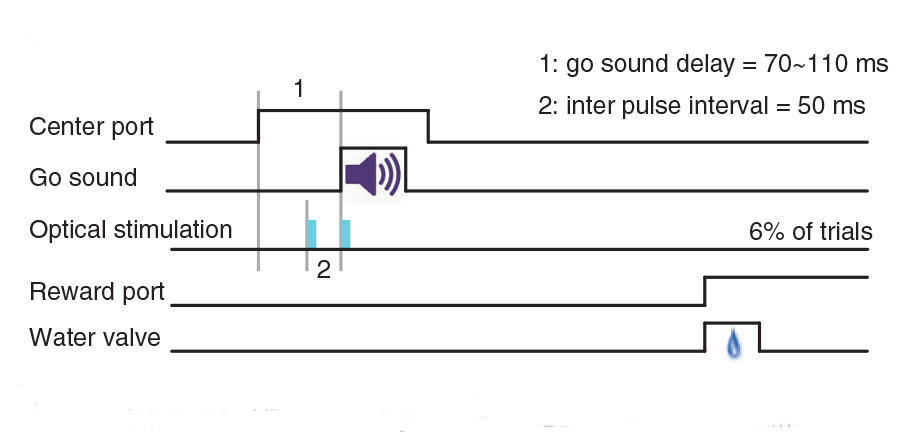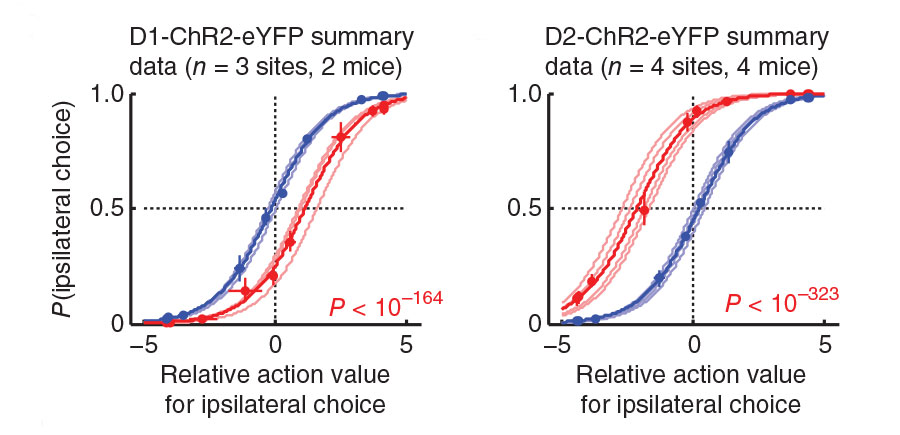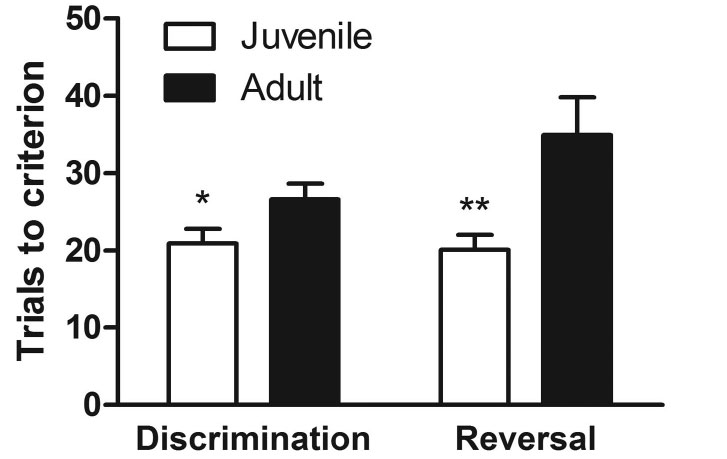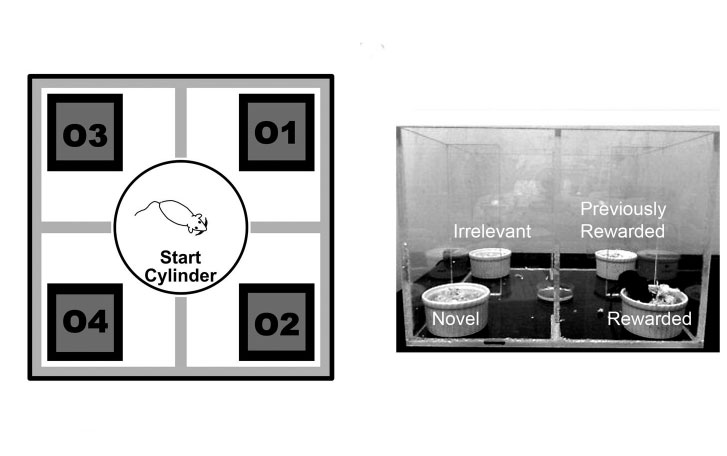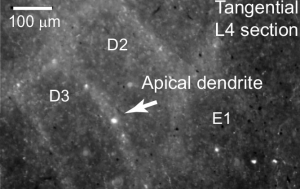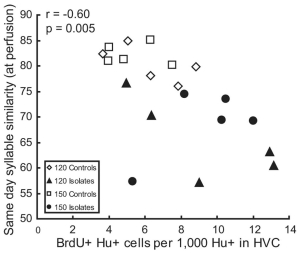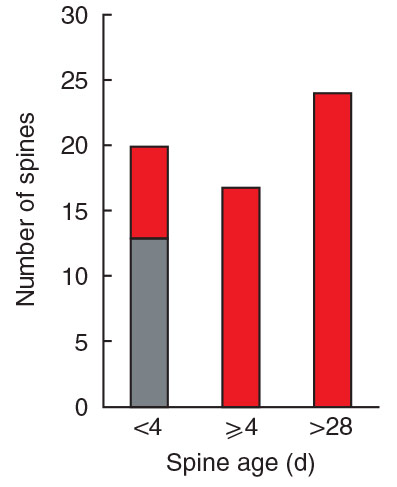Identification of a Brainstem Circuit Regulating Visual Cortical State in Parallel with Locomotion
Sensory processing is dependent upon behavioral state. In mice, locomotion is accompanied by changes in cortical state and enhanced visual re- sponses. Although recent studies have begun to elucidate intrinsic cortical mechanisms underlying this effect, the neural circuits that initially couple locomotion to cortical processing are unknown. The mesencephalic locomotor region (MLR) has been shown to be capable of initiating running and is associated with the ascending reticular activating system. Here, we find that optogenetic stimulation of the MLR in awake, head-fixed mice can induce both locomotion and increases in the gain of cortical responses. MLR stimulation below the threshold for overt movement similarly changed cortical pro- cessing, revealing that MLR’s effects on cortex are dissociable from locomotion. Likewise, stimulation of MLR projections to the basal forebrain also enhanced cortical responses, suggesting a pathway linking the MLR to cortex. These studies demon- strate that the MLR regulates cortical state in parallel with locomotion.
A. Moses Lee, Jennifer L. Hoy, Antonello Bonci, Linda Wilbrecht, Michael P. Stryker, and Cristopher M. Niell, Identification of a Brainstem Circuit Regulating Visual Cortical State in Parallel with Locomotion, Neuron 83, 455–466, July 16, 2014, http://dx.doi.org/10.1016/j.neuron.2014.06.031


